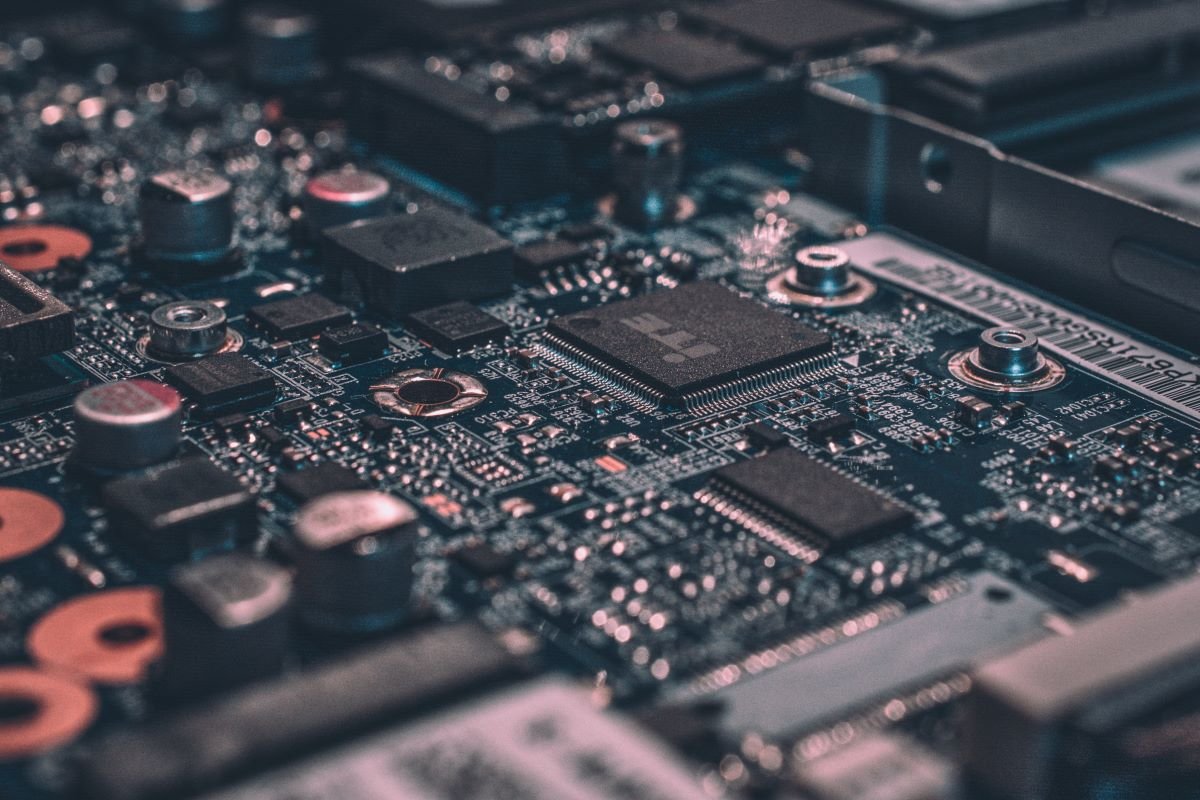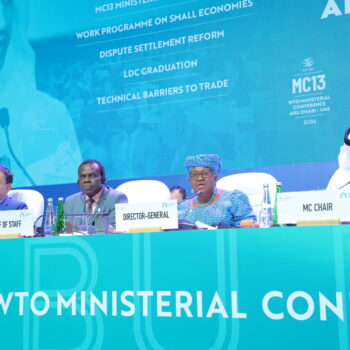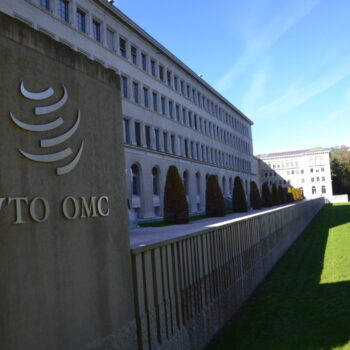Simon Skillings, senior associate at E3G, Third Generation Environmentalism, argues that we need to take the fastest way of using digitalisation to support the energy transition. That means making it part of a coherent overall policy package that helps improve the lives of energy consumers.
There is a lot of effort being devoted to dragging the staid and traditional energy industry into the modern digital world. The British government has recently re-launched the Energy Data Taskforce, is working with the British Standards Institute on introducing smart standards for appliances, and is expected to shortly publish an updated ‘smart energy systems strategy’ accompanied by an ‘energy digitalisation strategy’. The European Commission is also considering these issues and is planning to publish a communication on energy system digitalisation next year.
Alongside this policy agenda, companies such as Octopus Energy are already offering consumers energy tariffs which promise cheaper prices in return for remote control of appliances such as electric vehicle chargers.
Much of this effort is driven by a simple narrative. Decarbonisation of the energy system will be largely achieved by ensuring electricity is produced from renewable wind and solar facilities. Whilst these are cheap and can be deployed at scale, their output is variable and depends on weather conditions. Also, electric vehicles and electric heating will introduce significant new demands for electricity. Balancing production with consumer needs can only happen if electricity demand can be remotely controlled. This requires electrical devices to be digitally enabled and the development of artificial intelligence systems to deliver tens or hundreds of millions of control instructions to these devices.
However, the story is more complicated than this.
Firstly, time is not on our side. Reducing emissions in line with the net zero target and statutory carbon budgets requires the electricity system to be decarbonised by the mid-2030s. We do not have all the live data that sets out the current grid status, which is necessary to identify the need for demand adjustment. Developing and implementing markets that accurately value and reward demand adjustment at different locations is even further away. There is not enough time for these changes to be made and the resulting price signals to drive consumer adoption of smart devices. In any case, it is far from clear that politicians would accept the potential impact of volatile local energy prices on those unable or unwilling to take advantage of the new technology.
Secondly, the digital agenda has not been unconditionally embraced by the public. Whilst there are those who are excited by the empowerment, social innovation, and economic growth that digitalisation can deliver, many others are concerned by loss of privacy, threats to security, and the spectre of ‘big brother’. Although 2.5 million UK consumers and businesses now use open banking-enabled products to manage their finances, this leaves many more who do not. It is difficult to imagine any government riding roughshod over these concerns by mandating individuals to participate directly in the brave new world of digital energy.
The conclusion is clear. We cannot wait for a large proportion of energy demand to be digitalised before decarbonising the electricity system. However, digitalisation and artificial intelligence still have vital roles to play. A dynamic and highly flexible system will be essential. Fortunately, there are a range of large energy storage technologies, such as batteries, water reservoirs and turbines powered by renewably produced gases, that can be used to balance the grid. These must be deployed with the same urgency applied to the wind and solar facilities that they will complement. Digital technologies and artificial intelligence will have a huge impact in improving the operation of the grid as well as the large power generators, storage systems and industrial loads that are connected.
Digitalisation of individual consumer devices should fulfil a different requirement. Instead of an imperative to control as much electricity demand as possible, attention should turn to how digital technologies can improve the consumer experience and encourage rapid deployment of electric vehicles, heat pumps and measures to improve the energy efficiency of buildings. Whilst this is still likely to yield significant demand response, it would not be the primary objective. Reducing energy consumers’ use of fossil fuels, especially gas heating, is a huge task and the power of digital technologies must be enlisted to help address this challenge. The central policy challenge is to decide how to change the way that choices are presented to consumers to support this objective.
Digitalisation and climate are two dominant political issues of our time. There is much to be gained from identifying the sweet spot of mutual reinforcement. Digitalisation can massively improve the efficiency and effectiveness of industrial operations and efforts should continue to exploit these opportunities. However, the biggest win will be in aligning these agendas to improve people’s lives and this requires new policy thinking.
Dynamic, customer-focused innovation must be unleashed, not to deploy digital technologies for their own sake, but to directly support the transition of individual energy consumers away from using fossil fuels. By ensuring digitalisation is part of a coherent overall policy package that helps improve the lives of energy consumers and build a sense of ownership of the transition, emissions will reduce and public trust in these new technologies will improve.
This article was originally published by New Power.


